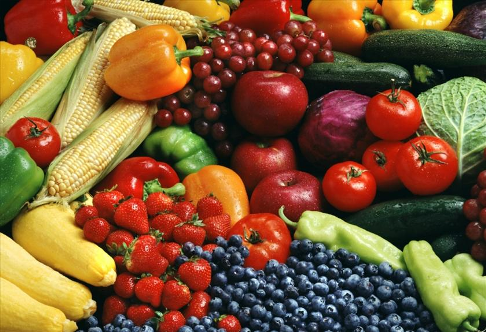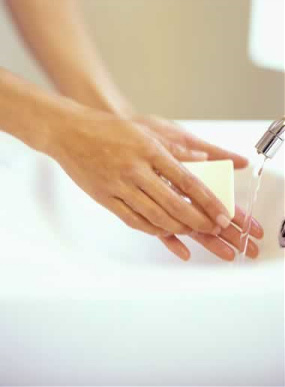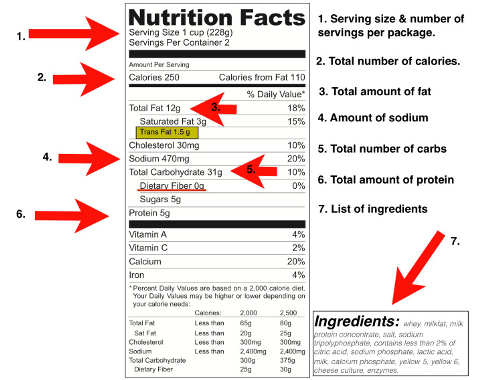Blog


RULES FOR DETOXING
All The blogg posts below relate to detoxing. Often with detoxing we are so concerned about eliminating what’s already in us, but seem to miss the point about “NOT putting more in”!
1. Wash Your Hands!
One of the aspects of food preparation which I take for granted that everyone does (and now have learnt that maybe that’s not so) is washing your fruits and vegetables.
1) It’s very important to wash your produce FRUITS & VEG
– BEFORE eating!
The reasons are:
- to remove grit and dirt which may be left over from harvesting
- bacteria, fungus and parasites from animals that may have come in contact with it, or people who may have handled it before you, may have contaminated the food.
- mold which can develop when it has been stored – where humidity builds up and mold will grow on the outside of the fruit or vegetables.
- pesticides, insecticides, fumicides – all of which are most probably water resistant – so you will need to wash it well to remove these. If not removed these toxins accumulate in your body and are the cause of many diseases – including Peripheral Neuropathy.
These are quite harsh substances and can affect you more than you probably realise.
2) Wash before meals.
Be mindful of having clean hands before eating. Colds and flu and other very common infections are spread because people don’t wash their hands as frequently as they should – especially before putting food in your mouth. Bacteria and parasites are easily transmitted in this way.

2. Read the Fine print
When you go grocery shopping read the fine print on the back of the labels.
If you want to want to detox and eliminate toxins, then a very good idea is to also minimize the intake of chemicals into your body.
Look under where it says “Ingredients….” on prepacked foods.
Avoid foods which have a lot of numbers in the list of ingredients. These are food additives, preservatives and colours – all of which have many side effects and can be quite harmful when ingested over a long period of time.
If it has a lot of complicated words which you cannot read or understand then it’s most likely not going to be a natural product. You generally can find an alternate product which looks a lot simpler and will normally be a lot healthier for you.
If it has sugar and salt listed in the ingredients then you know this has been added to the product. The sugar will be usually in the form of sucrose (normal white sugar) and the salt will be table salt. Avoid products with a large amount of these added ingredients.
The ingredients are listed from the most to the least within the packaged item. So you know if sugar is the first ingredient on the list, then more sugar was added than any other ingredient in that product.
The box on the label which says: “Nutritional Facts”:
Is a breakdown of the content of the food within the packaged item.
It will show Fat, Sugar, Mineral content etc.
1) It is based on the Serving Size
2) You should use this Nutritional Information only if you are basing your choice on Calories
3) Regarding Fat content – look for low fat content especially “Trans Fats”
4) Total amount of Sodium – refers to the amount of salt in the item
5) Total Carbohydrate – indicates Carbs – The “sugar” in this section DOES NOT mean sucrose.
It could represent other sugars such as fructose, maltose etc.
It is not a true indicator of the quality of the item. Look under the “Ingredients” section to really understand what has been added.
6) Total amount of protein
7) List of ingredients